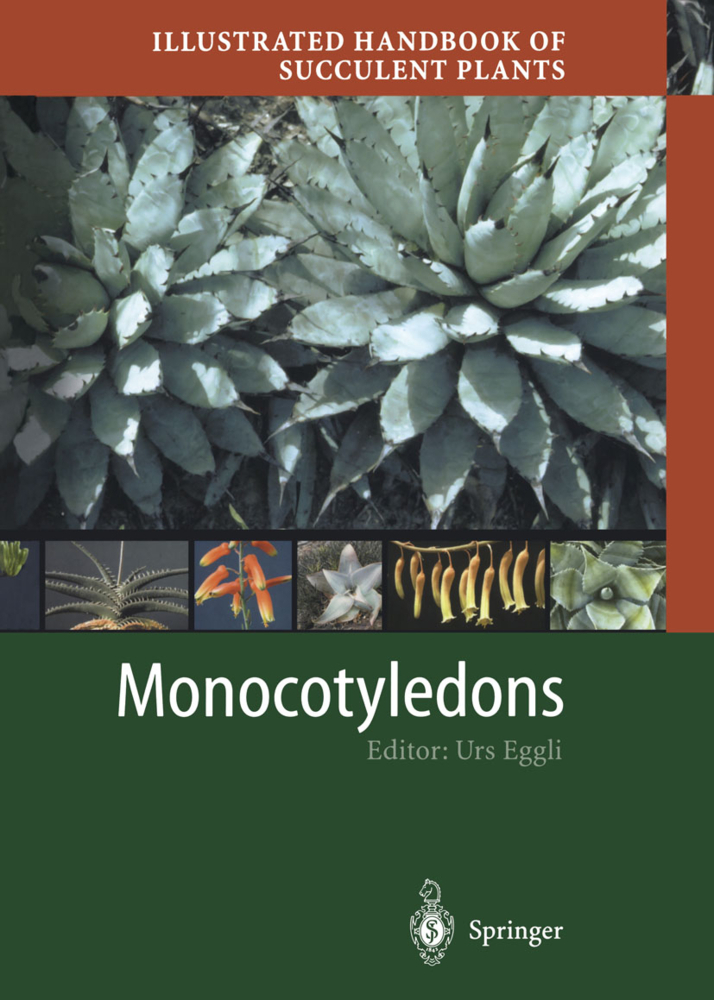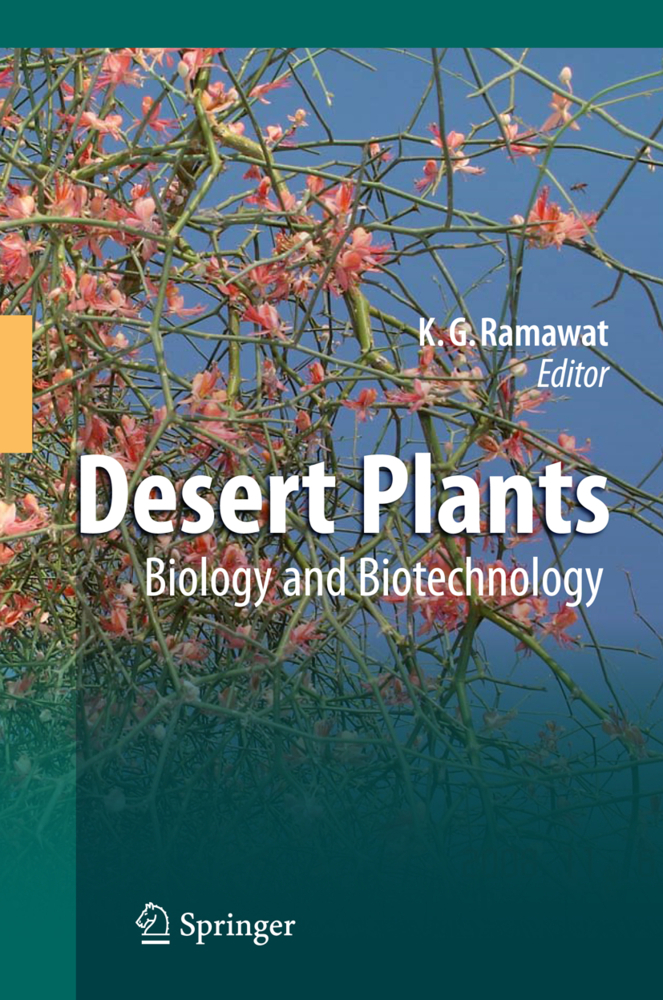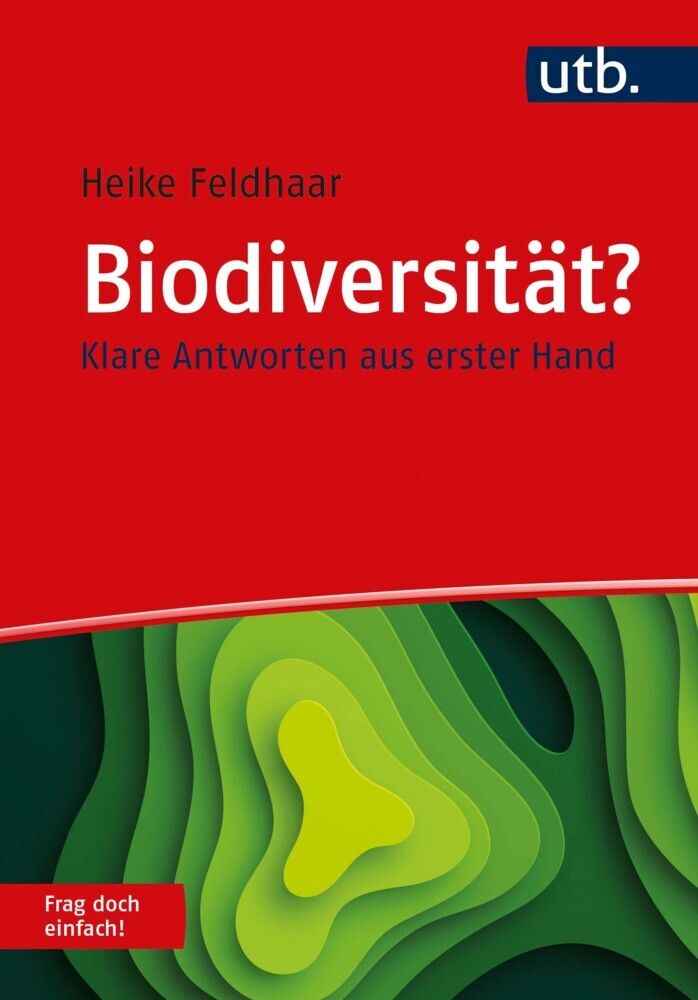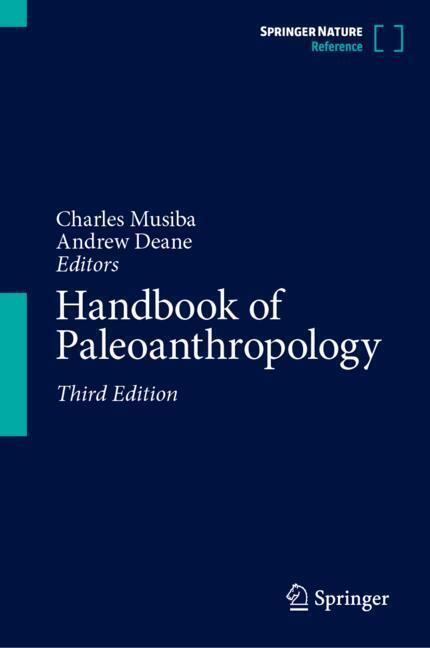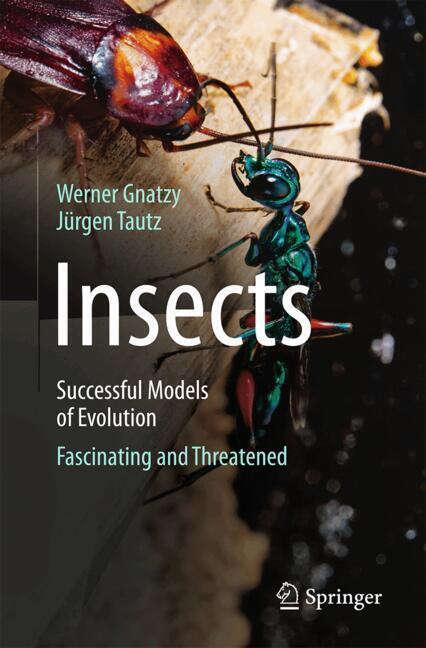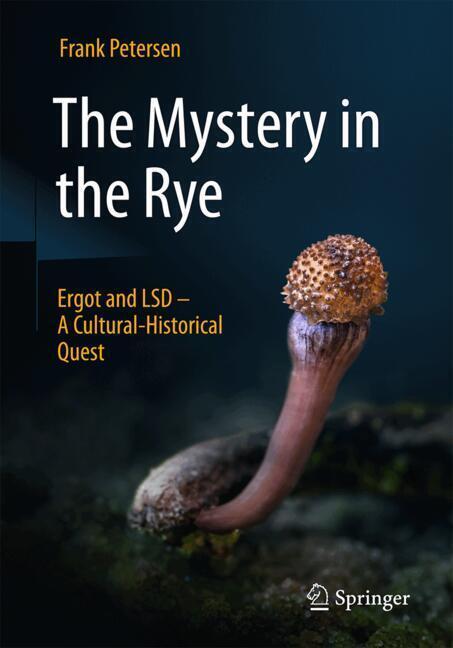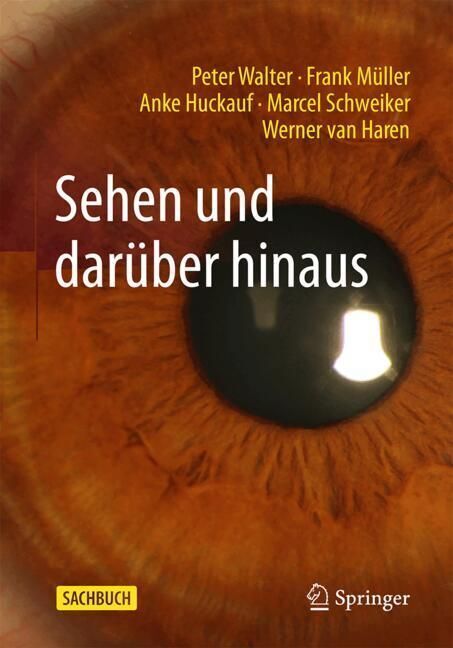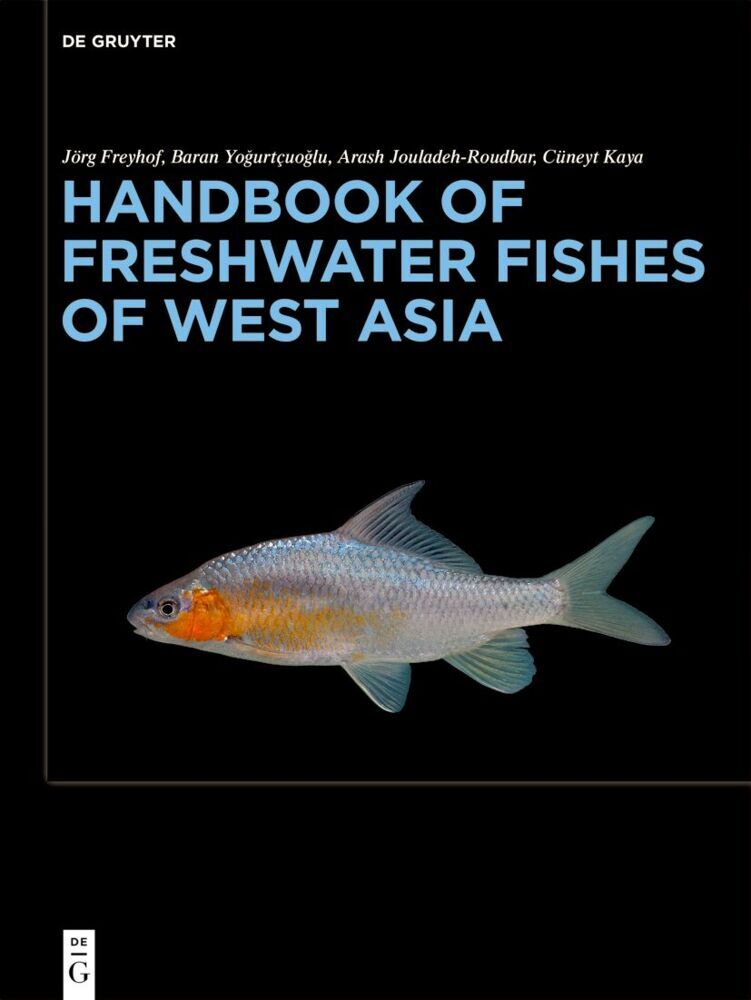Illustrated Handbook of Succulent Plants: Monocotyledons
Illustrated Handbook of Succulent Plants: Monocotyledons
Handbooks devoted to succulent plants (including cacti) have a long-standing tradition, and the demand for updated editions is a good indication of the high degree of interest that exists in this fascinating group of plants. While first handbooks devoted to the family Cactaceae were already published in the 19th cen tury, the first handbook dealing with the so-called 'other' succulents was authored by Hermann Jacobsen and published in 1954 -1955, then called "Handbuch der sukkulenten Pflanzen". A re vised and enlarged English edition was made available in 1959 and was repeatedly reprinted in the following years. A major step towards a compact handbook including short descriptions, full synonymy and hundreds of illustrations was the publication of the first edition of Hermann Jacobsen's celebrated "Sukkulentenlexikon" in 1970, followed by the English edition in 1975, and a revised German ed ition in 1981, finished by Klaus Hesselbarth following Hermann Jacobsen's death in August 1978. The demand for updated compact information on succulent plants has not diminished since then, and contrary to Hermann Jacobsen's opinion (preface to the German edition 1970) that the number of papers dealing with succulent plants was on the decline, the interest in succulent plants was growing, both among hobbyists and among botanists. The results are numerous new taxa in many families, and many monographs of previously little-known groups have been published in the last 30 years. Accordingly, a need for a "New Lexicon" was beginning to be felt, both for 'other' succulents and for cacti.
Scope of Information Presented
Agavaceae ?
Agave ? (221/50)
Beschorneria ? (7/1)
Furcraea ? (21/1)
Hesperaloe ? (5/1)
Hesperoyucca ? (1/0)
Yucca ? 47/12)
Aloaceae ?
?Algastoloba ~
Aloe ? (446/57)
?Alolirion ~
?Aloloba ~
?Alworthia ~
Astroloba (6/0)
?Astroworthia ? (1/0)
?Bayerara ~
Chortolirion ? (1/0)
?Cummingara ~
?Gasteraloe ? (18/3)
?Gasterhaworthia ~
Gasteria ? (17/9)
?Gastroloba ~
Haworthia ? (62/105)
?Maysara ~
?Poellneria ~
Poellnitzia ? (1/0)
Amaryllidaceae ?
Boophane ? (2/0)
Brunsvigia ? (2/0)
Cyrtanthus ? (4/0)
Haemanthus ? (3/0)
Rauhia ? (3/0)
Anthericaceae ?
Chlorophytum ? (2/0)
Araceae ?
Zamioculcas ? (1/0)
Asparagaceae ?
Myrsiphyllum ? (3/0)
Asphodelaceae ?
Bulbine ? (70/1)
Trachyandra ? (5/0)
Bromeliaceae ~
Commelinaceae ?
Aneilema ? (1/0)
Callisia ? (8/0)
Cyanotis ? (3/0)
Tradescantia ? (8/0)
Tripogandra ? (4/0)
Dioscoreaceae ?
Dioscorea ? (6/4)
Doryanthaceae ?
Doryanthes ? (2/0)
Dracaenaceae ?
Cordyline ? (1/0)
Dracaena ? (7/1)
Sansevieria ? (61 /9)
Eriospermaceae ?
Eriospermum ? (4/0)
Hyacinthaceae ?
Albuca ? (5/0)
Bowiea ? (2/0)
Dipcadi ? (1/0)
Drimia ? (3/0)
Hyacinthus ? (1/0)
Lachenalia ? (1/0)
Ledebouria ? (3/0)
Litanthus ? (1/0)
Massonia ? (1/0)
Ornithogalum ? (10/0)
Rhadamanthus ? (8/0)
Rhodocodon ? (1/0)
Schizobasis ? (2/0)
Urginea ? (4/0)
Whiteheadia ? (1/0)
Nolinaceae ?
Beaucarnea ? (8/0)
Calibanus ? (1/0)
Dasylirion ? (7/1)
Nolina ? (7/0)
Orchidaceae ~
Xanthorrhoeaceae ~
References.-Taxonomic Cross-Reference Index.
What is a Succulent?
How to Use This HandbookScope of Information Presented
Agavaceae ?
Agave ? (221/50)
Beschorneria ? (7/1)
Furcraea ? (21/1)
Hesperaloe ? (5/1)
Hesperoyucca ? (1/0)
Yucca ? 47/12)
Aloaceae ?
?Algastoloba ~
Aloe ? (446/57)
?Alolirion ~
?Aloloba ~
?Alworthia ~
Astroloba (6/0)
?Astroworthia ? (1/0)
?Bayerara ~
Chortolirion ? (1/0)
?Cummingara ~
?Gasteraloe ? (18/3)
?Gasterhaworthia ~
Gasteria ? (17/9)
?Gastroloba ~
Haworthia ? (62/105)
?Maysara ~
?Poellneria ~
Poellnitzia ? (1/0)
Amaryllidaceae ?
Boophane ? (2/0)
Brunsvigia ? (2/0)
Cyrtanthus ? (4/0)
Haemanthus ? (3/0)
Rauhia ? (3/0)
Anthericaceae ?
Chlorophytum ? (2/0)
Araceae ?
Zamioculcas ? (1/0)
Asparagaceae ?
Myrsiphyllum ? (3/0)
Asphodelaceae ?
Bulbine ? (70/1)
Trachyandra ? (5/0)
Bromeliaceae ~
Commelinaceae ?
Aneilema ? (1/0)
Callisia ? (8/0)
Cyanotis ? (3/0)
Tradescantia ? (8/0)
Tripogandra ? (4/0)
Dioscoreaceae ?
Dioscorea ? (6/4)
Doryanthaceae ?
Doryanthes ? (2/0)
Dracaenaceae ?
Cordyline ? (1/0)
Dracaena ? (7/1)
Sansevieria ? (61 /9)
Eriospermaceae ?
Eriospermum ? (4/0)
Hyacinthaceae ?
Albuca ? (5/0)
Bowiea ? (2/0)
Dipcadi ? (1/0)
Drimia ? (3/0)
Hyacinthus ? (1/0)
Lachenalia ? (1/0)
Ledebouria ? (3/0)
Litanthus ? (1/0)
Massonia ? (1/0)
Ornithogalum ? (10/0)
Rhadamanthus ? (8/0)
Rhodocodon ? (1/0)
Schizobasis ? (2/0)
Urginea ? (4/0)
Whiteheadia ? (1/0)
Nolinaceae ?
Beaucarnea ? (8/0)
Calibanus ? (1/0)
Dasylirion ? (7/1)
Nolina ? (7/0)
Orchidaceae ~
Xanthorrhoeaceae ~
References.-Taxonomic Cross-Reference Index.
Eggli, Urs
Arroyo-Leuenberger, S.
Bayer, M.B.
Bogner, J.
Eggli, U.
Forster, P.I.
Hunt, D.R.
Jaarsveld, E.J.van
Meyer, N.L.
Newton, L.E.
Rowley, G.D.
Smith, G.F.
Thiede, J.
Walker, C.C.
| ISBN | 978-3-642-62585-5 |
|---|---|
| Article number | 9783642625855 |
| Media type | Book |
| Copyright year | 2012 |
| Publisher | Springer, Berlin |
| Length | XIV, 354 pages |
| Illustrations | XIV, 354 p. 32 illus. in color. |
| Language | English |

